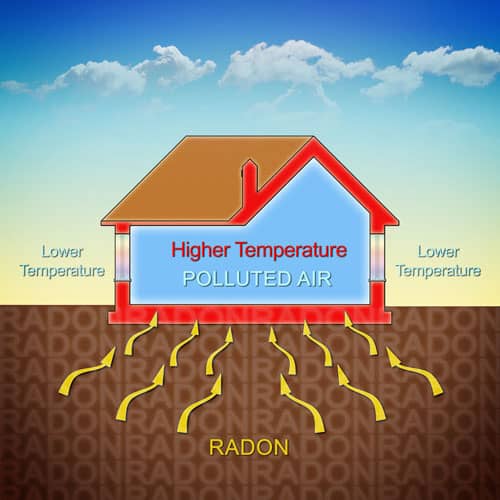If you’re concerned about high radon levels in your area, it might be worthwhile to look into an active soil mitigation system for inside your home or business. Depending on the setup of your space, there are several options that can be addressed during the active soil sub-slab radon mitigation installation process.
What Is Active Soil Interior Sub-Slab Depressurization?

Installing an active sub-slab mitigation system is one of the most common and effective solutions for reducing the risks of radon exposure. This type of system uses a fan and pipes installed in the floor of a basement or garage and routed through closets and out-of-sight areas to pull radon gas to the attic and roof of a building. There, the gas dissolves into the air outside rather than accumulating within the building itself.
With these systems, an active soil sub-slab radon mitigation contractor will typically install a monitor in the basement or closet so that you can check that the system is functioning properly.
Drain Tile Depressurization Is a Form of Sub-Slab Depressurization
Drain tile depressurization is another form of sub-slab depressurization, distinct because its suction point is found at a drain tile rather than a fan. This is an option for homes or businesses with interior drain tile systems built into the foundation.
Sump Hole Suction Is Another Example of Active Soil Interior
If you’re searching for an active soil mitigation system for inside your home or business and have a drainage system, you can also use sump hole suction to remove radon from the building. When a sump hole is located in the basement of a building, it can serve as the suction point for the radon gas instead of a fan or drain tile.
To learn more about installing an active soil mitigation system for inside your home or business, contact Nordic Radon Mitigation today.


